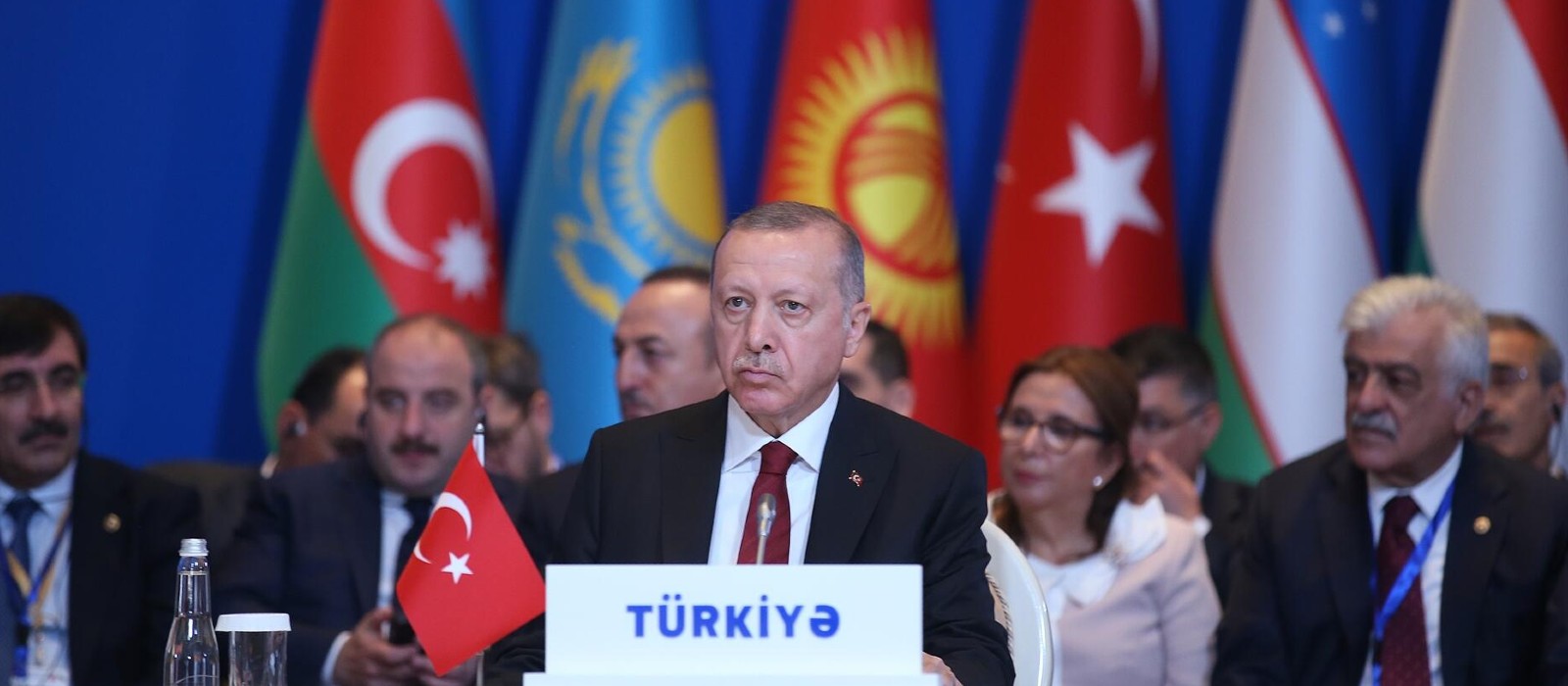Eleonora Tafuro Ambrosetti, PhD, Senior Research Fellow at Russia, Caucasus and Central Asia Centre, Italian Institute for International Political Studies (ISPI)
The USSR’s demise in 1991 gave Turkey a chance to step in as a key foreign policy actor in Central Asia. In the early 1990s, Ankara was mainly driven by Pan-Turkic ideas and a sense of mission that determined a “big brother” (abi) approach towards fellow Turkic countries. However, after encountering some resistance — with Central Asian states expressing a sense of protectiveness over their regained sovereignty and national identity — Turkey shifted its strategy to a more pragmatic approach, which now informs its bilateral and multilateral foreign policies with Central Asian states.
This paper maps the key foreign policy actors behind Turkey’s engagement in Central Asia. After a brief historical overview of Ankara’s presence in Central Asia, Turkish governmental, private, and semi-private players will be considered. Turkey’s role in multilateral organizations, especially the Organization of Turkic States (OTS), will also be briefly analyzed. Finally, the paper offers a few considerations on Turkey’s future role in Central Asia, especially considering relevant domestic and international factors such as the Turkish presidential elections on 14 May 2023 and the regional fallouts from Russia’s invasion of Ukraine in 2022.
TURKISH FOREIGN POLICY IN CENTRAL ASIA AFTER THE USSR FALL
What drives Turkish foreign policy in Central Asia? Looking at Mustafa Aydin’s definition of Turkish foreign policy as the interplay of structural and conjunctural variables may help answer this question. While structural variables (geographic position, historical experiences, and cultural and economic background) are continuous and relatively static and can exert long-term influence over the determination of foreign policy goals, conjunctural variables are made up of a dynamic web of interrelated developments in domestic politics and international relations and exert influence on short-term foreign policy implementation.[1] Both variables are visible in analyzing Ankara’s engagement in Central Asia.
Turkey was the first country to recognize the newly independent Central Asian countries in 1991, while the “common historical, linguistic and cultural ties” – i.e., structural variables – drove an increased engagement with this region after the USSR’s demise.[2] Furthermore, Turkey’s economy highly depends on energy imports, and collaboration with energy-rich Central Asian states such as Kazakhstan and Turkmenistan is paramount to Ankara’s ambitions of becoming an energy hub.[3] Over the last years, though, conjunctural variables gained prominence, leading to renewed Turkish efforts to boost cooperation with Central Asia. These variables include the reinforcement and centralization of power in the hands of Recep Tayyip Erdoğan, the reinforcement of Turkey’s regional role and its Eurasian foreign policy vector (at the expense of the European one), and increased cooperation with China and Russia.
Such interplay of structural and conjunctural variables marks the three major periods of the Turkish-Central Asian history of relations identified by Assel Tutumlu. In the first period, Turkey tried to exploit the shared “Turkic” legacy to strengthen its influence over the newborn states after the end of the Cold War. The second period started around 2000: upon the failure of the “Turkic unity” narrative, Turkey shifted to a more pragmatic Central Asia regional policy – engagement through bilateral relations and investments, starting to compete with Russian interests.
The third began after Ankara’s rapprochement with Russia in 2016 and stronger involvement in the Middle East prompted by the Syrian conflict; it saw Turkey cooperating with Central Asian states within a much larger regional framework of Russia-China cooperation.[4] Zeeshan Fida also recognizes the weakening of ideological factors in Turkey’s action today: since the Pan-Turkic ideology failed to drag Central Asian states into Ankara’s orbit, as they craved to retain their newly found exclusive nationalistic identities, Turkey became more pragmatic and focused on five key components:
- Developing bilateral and multilateral cooperation in the fields of energy, economy, commerce, culture, society, politics, etc.;
- Assisting Central Asian republics to solve frozen regional conflicts;
- Serving as an energy terminal;
- Assisting Central Asian republics in their nation and state-building processes;
- Helping them develop and maintain close relations with other countries.[5]
The ongoing conflict against Ukraine is seemingly weakening Russia as a regional hegemonic actor in the post-Soviet region [6], and cementing Chinese influence. While Moscow will retain a critical economic and political role for many Central Asian states, the conflict is likely to bolster Central Asia’s willingness to pursue a multivectoral foreign policy, open to collaboration with alternative actors, especially those perceived as culturally and politically close, such as Turkey.
MAPPING THE MAIN TURKISH FOREIGN POLICY ACTORS IN CENTRAL ASIA
Several entities, plus formal and informal advisory structures, make up Turkish foreign policy decision-making. The President strengthened his grip on foreign policy decision-making after the 2017 referendum that turned Turkey’s parliamentary system into a presidential one. [to read the full version, please download the paper]
Download the paper

